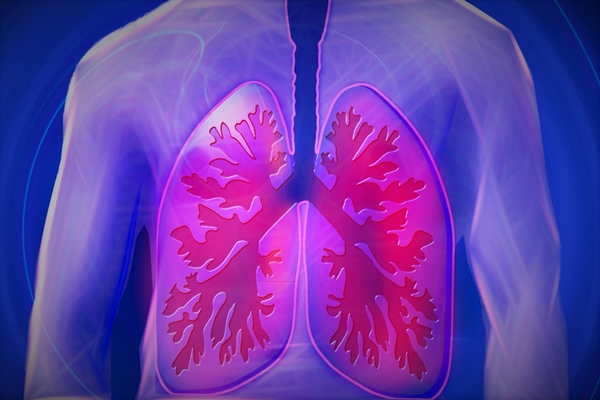8 May 2019. Researchers at Columbia and Vanderbilt universities demonstrated in pigs techniques for salvaging damaged lungs needed for transplants. The team of engineers and surgeons describe their techniques and findings in yesterday’s issue of the journal Nature Communications.
The researchers, from the labs of Columbia biomedical engineering professor Gordana Vunjak-Novakovic in New York and Matthew Bacchetta, professor of thoracic and cardiovascular surgery at Vanderbilt in Nashville, aim to increase the number of lungs available for transplants. Lung transplants are often the only way to treat patients with end-stage lung disease, the most severe form of lung diseases, such as chronic obstructive pulmonary disease (COPD), emphysema, and chronic bronchitis. Patients reach the end-stage of these diseases when the amount of air one can forcefully exhale in one second is less than 30 percent than normal, accompanied by low blood oxygen levels.
As the authors note, however, up to 80 percent of lungs potentially available for transplant are not usable because of damage or injury at the time of death. Techniques such as ex vivo lung perfusion can bring lungs of lower or marginal quality up to transplant standards. As reported recently in Science & Enterprise, the Food and Drug Administration approved a commercial ex vivo lung perfusion technique to restore and preserve marginal lungs for transplant.
The Columbia-Vanderbilt team however is seeking a technology that makes many more donated lungs available, restoring donated lungs with damage that would normally make them unacceptable for transplant. In a paper published in 2017, many of the same authors reported on techniques to recover and preserve lungs in pigs for transplant for up to 36 hours with cross-circulation — connecting blood vessels in the donor and recipient to share organ-preserving functions.
In the new study, the researchers tested the techniques with lungs injured from gastric aspiration, acids in the stomach infusing and damaging cells and tissue lining the airways and lungs. The damage from gastric aspiration, say the authors, “renders a large number of donated lungs unsalvageable for clinical transplantation.”
The researchers used the same cross-circulation techniques as before to recover the donated lungs from pigs, and this time restored the damaged lung tissue to acceptable standards for transplants. And, as before, the team maintained the recovered lungs in a viable state for 36 hours, as indicated by non-invasive diagnostics.
“We envision that interventional cross-circulation may be used to investigate regeneration of other damaged organs,” says Bacchetta in a Columbia University statement, “such as hearts, kidneys, and livers, expanding donor pools by salvaging severely damaged organs and leading to more organ transplants.” Bacchetta is also an adjunct biomedical engineering professor at Columbia.
The researchers plan further tests of the technology, including transplants in large animals with their immune systems suppressed to prevent rejection. In addition, a group of the authors including Vunjak-Novakovic and Bacchetta, are forming a start-up enterprise Lung 3R — for repair, remodeling, and regeneration — to make their technologies more widely available. The following video tells more about the technology.
- Synthetic Soft Tissue Developed for Surgery
- Repair Patch Devised for Heart Attacks
- Human Heart 3-D Printed from Patient Cells
- Lung Model Developed to Test E-Cigarettes, Hookah
- Brain Stimulator Device Cleared for Depression, Insomnia
* * *


 RSS - Posts
RSS - Posts
You must be logged in to post a comment.